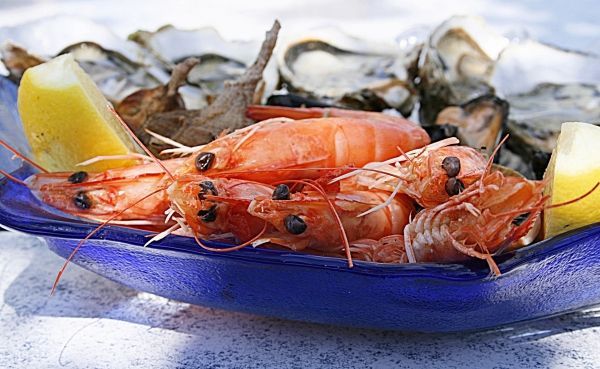The seafood industry requires large amounts of water for food processing.
The seafood industry requires large amounts of water for food processing. Before used water is discharged, some organic matter, including protein, is typically removed. This sludge is usually landfilled or converted into biogas, which results in the valuable nutrients it contains being lost from the food chain. Now researchers report in ACS Sustainable Chemistry & Engineering a method to recover these nutrients from shrimp processing water so they can be incorporated in food or feed.
At present, food processing factories remove organic matter from water by first clumping it together with chemical treatments (coagulation) and then raising those clumps to the surface with a technique such as “dissolved air flotation” (DAF). Coagulation is traditionally carried out with iron or other non-food-grade flocculants that clean the water efficiently, but render the removed sludge unsuitable for food or feed purposes. One alternative is to filter the nutrients from the water using membranes, but the equipment is expensive and can clog. A more sustainable option is to switch to food-grade flocculants in combination with DAF. Although a few other studies have shown that such a combination could work, these were small-scale experiments. Ingrid Undeland and Bita Forghani of Chalmers University of Technology and colleagues wanted to scale up the combined food-grade flocculation-DAF process and assess the nutrient composition of the recovered biomass.
Read more at American Chemical Society
Image by Patricia Alexandre from Pixabay




